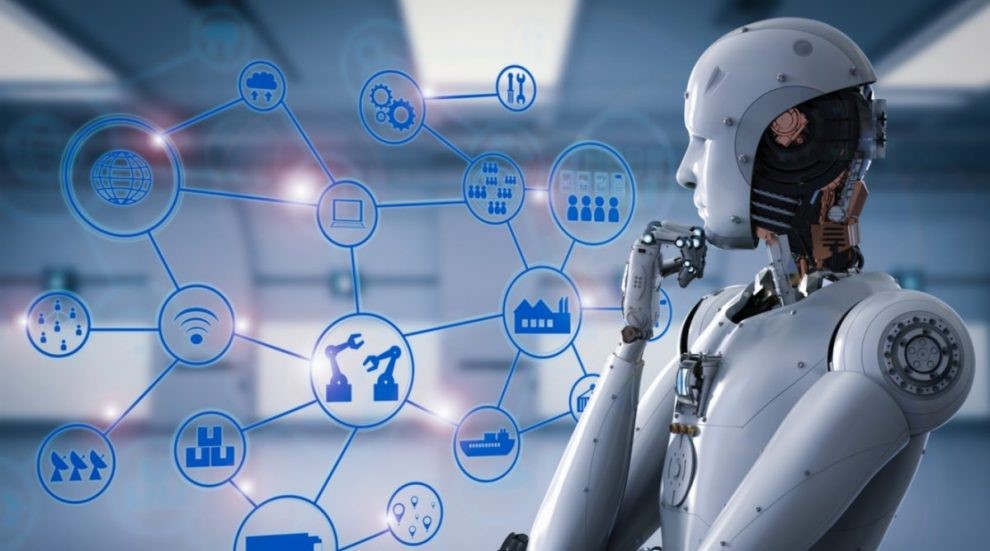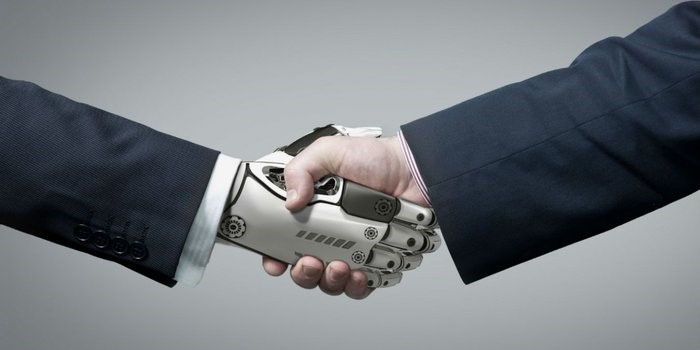Today, AI is a must-have in the short and medium term for any company. However, most make do without this technology. In fact, according to a report by Forbes, only 37% of companies apply AI to their business processes, while there is a consensus that 47% of those who don’t invest in it will run the risk of being outdone by their competition.
To avoid this outcome, here’s three ways AI can transform the customer experience and how marketers can overcome challenges thanks to technology.

Source: Aika
1. Provide a better customer service (proactive)
We’ve all experienced lousy treatment from someone who was supposed to be helping us. According to the Microsoft State of Global Customer Service 2017 report, 60% of consumers stopped interacting with a company due to a bad Customer Service experience, whether that service was provided by a human or by a machine. In the case of a human, the problem can have a thousand different causes and you have to explore each case to solve it. But with a machine there is usually only one main issue: people don’t like to interact with an unintelligent robot, waiting for hours in a virtual queue, pushing buttons and being transferred dozens of times just so they can speak with a person.
However, you can take advantage of chatbots with built-in AI to assist individuals and provide them with the exact solution to their problem. And if the question goes beyond the capabilities of the chatbot, it can be referred to a person with the necessary expertise without making customers wait or transferring them to the wrong people.
AI also has the ability to anticipate what the user needs. If someone is browsing one of your pages, you can predict the kind of questions that will arise depending on their behavior on the web. This allows you to improve the customer experience by providing value to each user based on what can be predicted. Obviously, there is always going to the chance of an unpredictable component that the bot cannot resolve, so you will always need to ensure that you have proper support channels provided by humans. However, the automation of this process is a very important goal for customer service in any digital company.

Source: Entrepreneur
2. Customised interactions
AI is also useful for brands looking to create personalized experiences for clients. Microsoft, for example, is working on an automated system that detects and understands emotions in order to better understand people. This will allow their programs to adapt to the type of user to provide a more effective and empathetic experience.
However, this isn’t without risk. Some customers can lose confidence in brands that aren’t very protective of their privacy. Therefore, it’s vital to create transparent, safe and consistent programs. It’s advisable to make sure that your Artificial Intelligence systems request permission to collect data, promise to use that data only for the intended purpose and offer clear processes to solve potential problems.
3. Automate the campaigns
Companies have realized for some time that it’s not enough to send a “message in a bottle” with the vague hope that the message inside will be read by the right person who will then follow through. It’s necessary to design a strategy that adapts to different audiences and that, when executed, is able to target messages in order to obtain better results.
This approach is referred to as a Marketing Automation strategy. This method is possible thanks to the vast amounts of data available and growth in number of intelligent machines who can take advantage of it. Using this system, it’s possible to design a campaign with three different messages for three different audiences, and depending on their behavior, apply the message that is most relevant to each audience.
For example, the recipients of a banner message that didn’t engage with the banner can be retargeted with a more striking image; and those who clicked, will be shown a banner with more information about the product or with a clear call to action. Then all the users that left a lead on a destination page will be notified via email. Depending on where they click on the email, they will be sent new in-depth information about their topic of interest.
The wonderful this is that all this complexity is easily automatable with the online marketing tools available today. It isn’t necessary to be a multinational corporation to have access to these tools – any company can be innovative within this environment.
If you want to go deeper into Artificial Intelligence, as it’s applied to marketing strategies, don’t miss The Inbounder Global Conference 2018, a European marketing conference which will take place at the Municipal Conference Center in Madrid on April 25-26.
